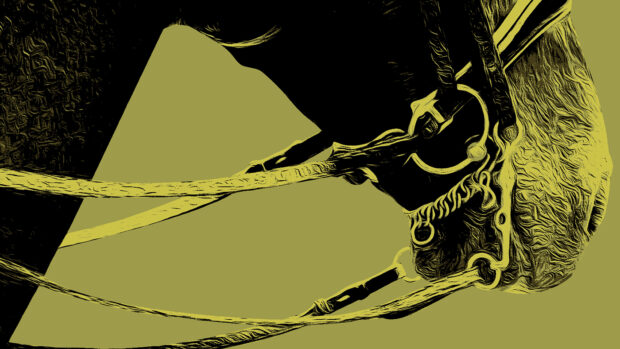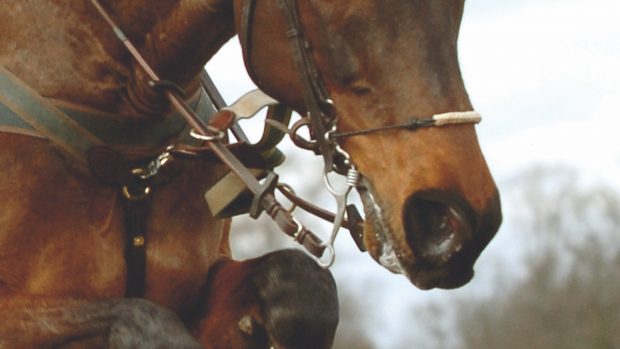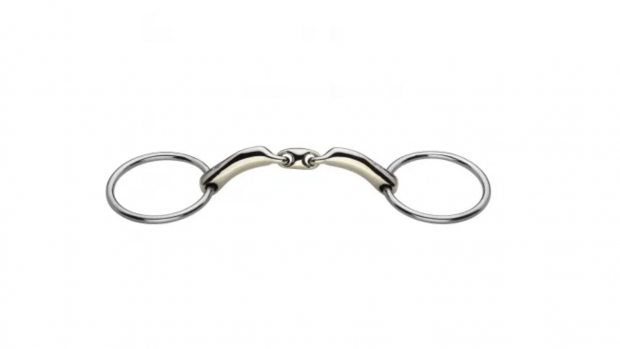Q: My horse, a six-year-old 15.1hh hunter, was very strong in an eggbutt snaffle, so I tried riding him in a ported pelham with roundings, which had the opposite effect and made him seem lazy. My instructor said it was a ‘handbrake effect’.
I was then advised to change to a loose-ring, single-jointed Belgian three-ring gag, used on the middle ring. This has had the required effect and he now goes forward nicely and is easier to control.
But after trying it for three schooling sessions, he’s started plunging his head down to about three inches off the ground. He will stay like this for several strides, especially in trot. My instructor has seen him in this bit, yet he is away for the next two months, so will be unable to advise me about what to do.
Why do you think my horse is doing this and how can I remedy the head carriage problem? I don’t wish to change the bit if possible as he goes and stops well.
A: I suspect from what you say that your horse is trying a new evasion to counteract the control that you now have with your bit.
When choosing the appropriate bit for your horse, take into account a number of factors:
The pelham, used in conjunction with a curb chain, influences the horse in the mouth and also adds pressure in the chin groove. This obviously stopped your horse but he has felt reluctant to go confidently forwards into the bit.
The three-ring bit has no curb chain and your horse has realised this, finding he can pull sharply away from you. The curb chain on the pelham would inhibit this.
The length of your reins or the contact you have is of little consequence when this happens but what you are doing with your seat and legs is of great importance.
When your horse tries to pull down against the bit you must stay securely on your seat and use your legs with firmness and authority. This should make your horse think again. As his hind legs are motivated, his head should come up. At that point, shorten your reins and ride your horse strongly forwards.
After a few successful efforts with this correction, praise your horse.
It is not advisable to change your horse’s bit too frequently, so try to work on establishing a more secure position and from this the ability to ride your horse forward to the hand. As the activity of the hind legs improves and your horse learns to balance and carry himself, then you’ll find the response in the rein should become lighter.


